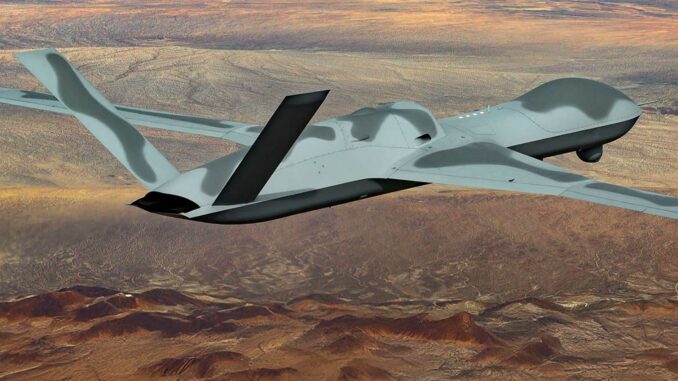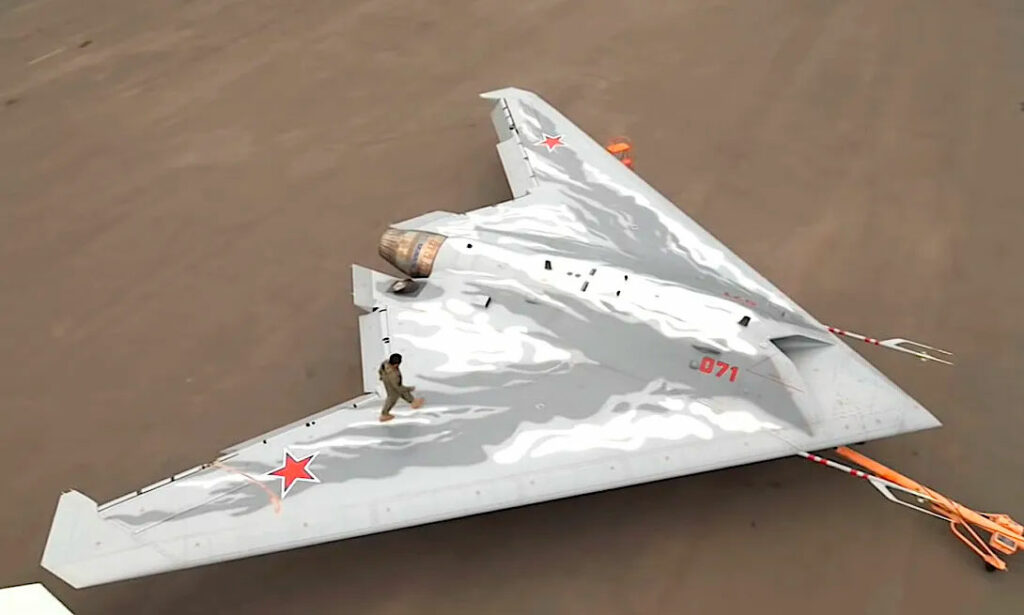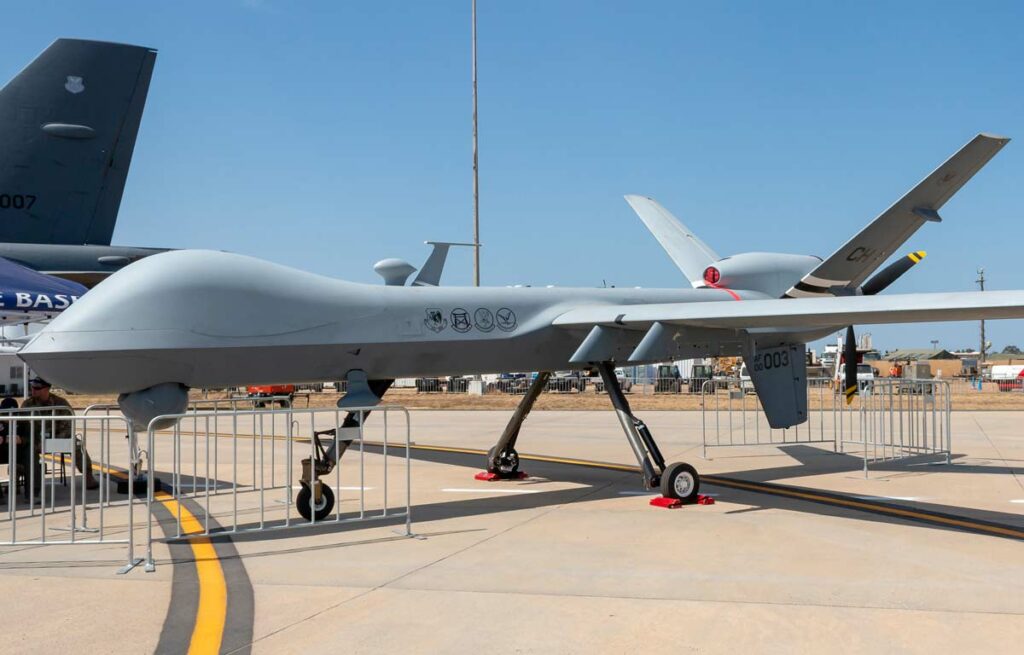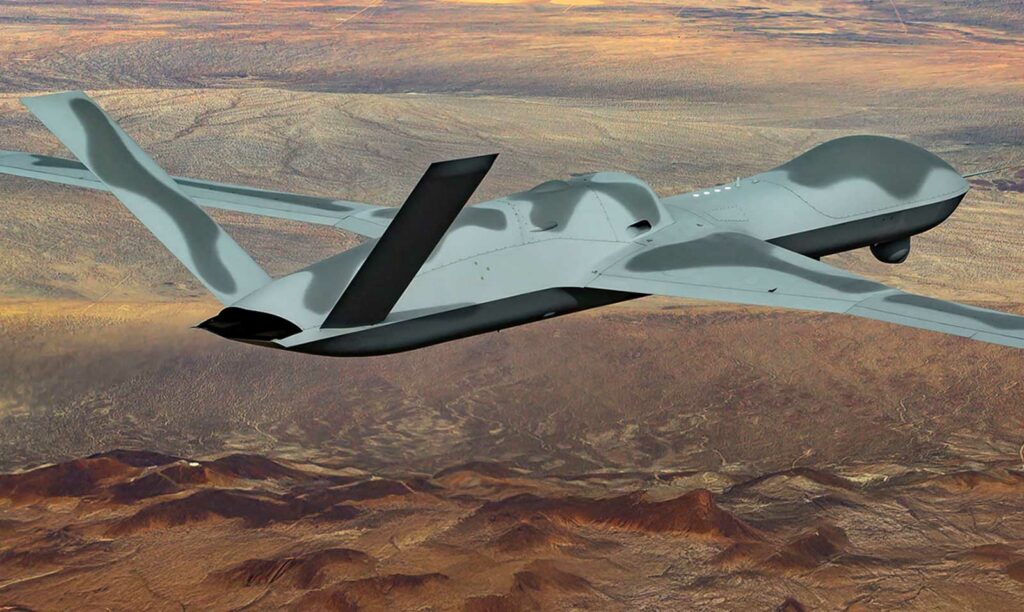
Learn the meaning of essential drone acronyms like UCAV, UAV, MALE, and ISR. Discover their roles in modern drones, combat aircraft, and fighter jets.
Modern drones and combat aircraft play critical roles in military, surveillance, and commercial domains. Their development has led to the rise of various acronyms, such as UCAV, UAV, MALE, and ISR, which are pivotal for understanding their functions and capabilities. This article provides detailed explanations of these terms to help you grasp their technical significance and real-world applications.
UAV – Unmanned Aerial Vehicle
A UAV, or Unmanned Aerial Vehicle, is an aircraft operated without a human pilot onboard. UAVs are controlled remotely or operate autonomously based on pre-programmed flight plans or artificial intelligence systems. They serve diverse purposes, including reconnaissance, search and rescue, and commercial tasks like mapping or product delivery.
Applications
UAVs are commonly divided into categories based on weight and capabilities. For instance:
- Micro UAVs (MAVs): Weigh less than 1 gram. Used for precise indoor inspections or environmental monitoring.
- Small UAVs (sUAVs): Weigh up to 25 kg. These are commercially popular for photography, videography, and infrastructure inspection.
Well-known examples include the DJI Mavic Air (sUAV for recreational and commercial use) and military-grade UAVs like the RQ-11 Raven, used by armies for battlefield reconnaissance.

UCAV – Unmanned Combat Aerial Vehicle
The UCAV, or Unmanned Combat Aerial Vehicle, takes UAV technology a step further by integrating combat capabilities. These systems, often referred to as combat drones, are designed for offensive operations. UCAVs can carry precision-guided munitions such as missiles, bombs, or anti-tank weapons. Unlike kamikaze drones that are single-use, UCAVs are engineered to complete missions and return to base.
Key Features of UCAVs
- Weapons Platforms: Equipped with hardpoints for carrying advanced ordnance.
- Autonomous Systems: May perform operations with minimal human intervention but maintain human oversight for critical decisions.
- Stealth and Speed: Many modern UCAVs incorporate stealth technology to evade detection.
A notable example is the MQ-9 Reaper, which has been operational since 2007. It can fly up to 27 hours carrying a payload of nearly 1.7 tonnes. Used widely by the U.S. military, it has conducted precision strikes in conflict zones worldwide.
MALE – Medium Altitude Long Endurance
MALE drones fall within a specific operational category, defined for aerial platforms capable of medium-altitude flights (3,000–9,000 meters) with long endurance, typically exceeding 24 hours. MALE drones bridge the gap between large UAVs and smaller systems, providing cost-effective solutions for tasks like reconnaissance and surveillance.
Characteristics of MALE Drones
- Endurance: Ability to operate continuously over extended periods.
- Navigation & Payload: Equipped with advanced navigation systems and sensors for intelligence gathering.
- Cost-effectiveness: Cheaper than deploying manned aircraft for prolonged missions.
Examples of MALE drones include:
- General Atomics MQ-1 Predator, used for reconnaissance and occasional combat missions.
- Bayraktar TB2, a Turkish-manufactured MALE drone with operational success in conflict zones such as Ukraine and Nagorno-Karabakh.

ISR – Intelligence, Surveillance, and Reconnaissance
ISR is not a specific type of drone but a function describing how aerial platforms gather, process, and distribute vital data for operational decision-making. Both UAVs and UCAVs are often integrated into ISR operations to monitor battlefield movements, identify threats, and provide actionable intelligence.
Core Components of ISR
- Sensors: High-resolution cameras, radar, thermal imaging, and signals intelligence (SIGINT) systems.
- Data Analysis: Processing collected data in real-time or post-mission.
- Applications: Military ISR missions help direct troops during deployment, while civilian applications include disaster management and environmental monitoring.
For example, the EL/M-2075 radar suite, often fitted on ISR-capable UAVs, can detect threats up to 500 kilometers away, ensuring early-warning capabilities.
RPAS & UAS – Broader Systems
Beyond UCAVs and UAVs, a few other acronyms provide context for unmanned aerial operations.
- RPAS (Remotely Piloted Aircraft Systems): The formal term often used by international organizations like the International Civil Aviation Organization (ICAO). RPAS includes both the aircraft and its controlling systems.
- UAS (Unmanned Aircraft System): Commonly used in Anglo-Saxon countries, this term incorporates the ground control station and communication links in addition to the UAV itself.
Sub-Classifications by Roles
RPAS and UAS models can target specific operational needs:
- Cargo drones: Designed for heavy-lift operations, these systems are advancing the logistics industry with payload capacities exceeding one tonne.
- Swarm drones: Emerging technologies where multiple drones work collaboratively for ISR or attack missions.
A prominent UAS example is the Northrop Grumman X-47B, a technology demonstrator that successfully tested autonomous carrier landings.
Practical Implications of Drone Technology
The rise of unmanned technologies has broad practical implications:
- Military Efficiency: Drones reduce risks to pilots and provide unmatched operational flexibility.
- Cost Benefits: Even advanced models like the UCAV Bayraktar TB2 cost significantly less (€5-10 million) compared to a fighter jet like the F-16 Fighting Falcon (€70 million).
- Global Availability: Countries like China and Turkey are mass-producing MALE and combat drones, making such technology accessible to smaller militaries.

Challenges and Ethical Considerations
While drones represent a significant technological leap, several challenges accompany their deployment:
- Autonomous Warfare: The integration of artificial intelligence raises concerns about ethical use and accountability.
- Airspace Management: Civil and military drones share space with manned aircraft, necessitating stringent airspace regulations.
- Data Vulnerability: ISR systems are prone to cyber-attacks, potentially exposing classified data.
Final Thoughts
The acronyms UCAV, UAV, MALE, and ISR shed light on an exciting and rapidly evolving branch of aerospace technology. From combat operations to surveillance, drones are reshaping how missions are planned and executed. Understanding these essential acronyms is key to appreciating the strategic impact drones have across industries, from defense to disaster response. For governments and industries alike, these systems represent not only a cutting-edge tool but also a glimpse into the future of unmanned aviation.
War Wings Daily is an independant magazine.